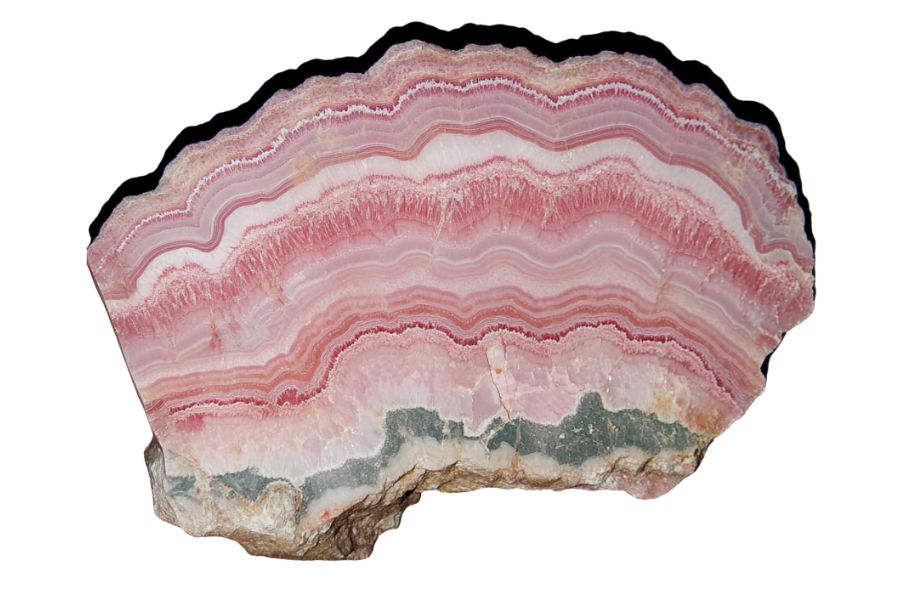Ohio hides some amazing mineral secrets beneath its surface. Rhodochrosite, with its pretty pink color, sits tucked away in several spots across the state. Most rock hunters pass right by these areas without knowing what they’re missing.
Finding this pink mineral takes some work. Sometimes you dig for hours with nothing to show for it. But that first glimpse of pink in the dirt makes it all worth it.
We can point you toward the best Ohio locations for finding rhodochrosite. No fancy equipment needed to start. No expert knowledge required. Just some patience and the right spot. These places have yielded nice samples for both beginners and seasoned collectors over the years.
How Rhodochrosite Forms Here
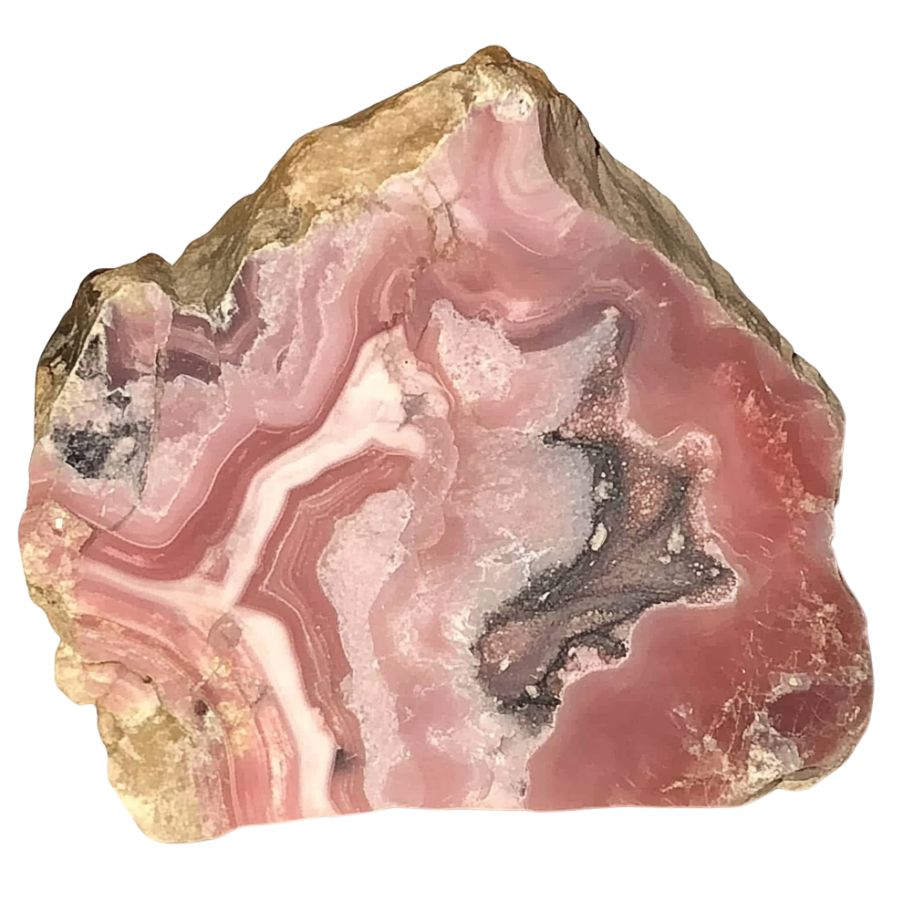
Rhodochrosite forms from manganese-rich waters seeping through cracks in rocks. When these mineral-heavy solutions mix with carbonate materials (like limestone), the magic happens!
Over time, as temperatures and pressures change deep underground, the manganese and carbonate ions come together and slowly crystallize. Sometimes, it forms in beautiful stalactites in empty spaces in rocks, while other times it shows up in hydrothermal veins alongside other minerals.
The most stunning specimens often form when the conditions are just right (not too hot, not too cold) letting the crystals grow slowly into those gorgeous pink rhombohedral shapes we love so much.
Types of Rhodochrosite
Rhodochrosite occurs in several distinct varieties. From delicate pink bands to deep crimson crystals, these variations showcase the diverse beauty of this remarkable mineral.
Pink Rhodochrosite
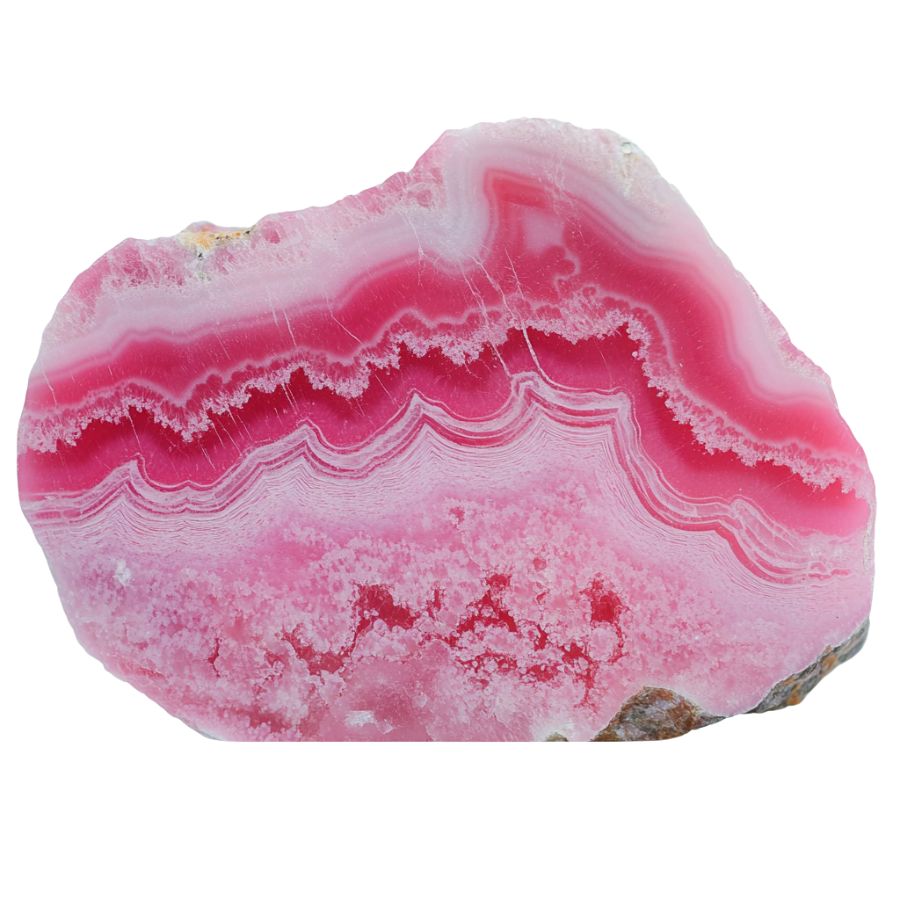
Pink Rhodochrosite displays delicate pink shades that range from soft pastel to deep rose pink. The stone features beautiful banding patterns that create swirling designs throughout its surface.
The translucent to semi-translucent nature of Pink Rhodochrosite adds to its visual appeal. This stone has a special trigonal crystal system that sometimes produces rare transparent crystals.
Fine specimens with clear, transparent crystals are particularly valuable. The best examples show sharp color zones and distinct banding patterns. Stone’s intricate patterns often resemble landscapes or abstract art.
Red Rhodochrosite
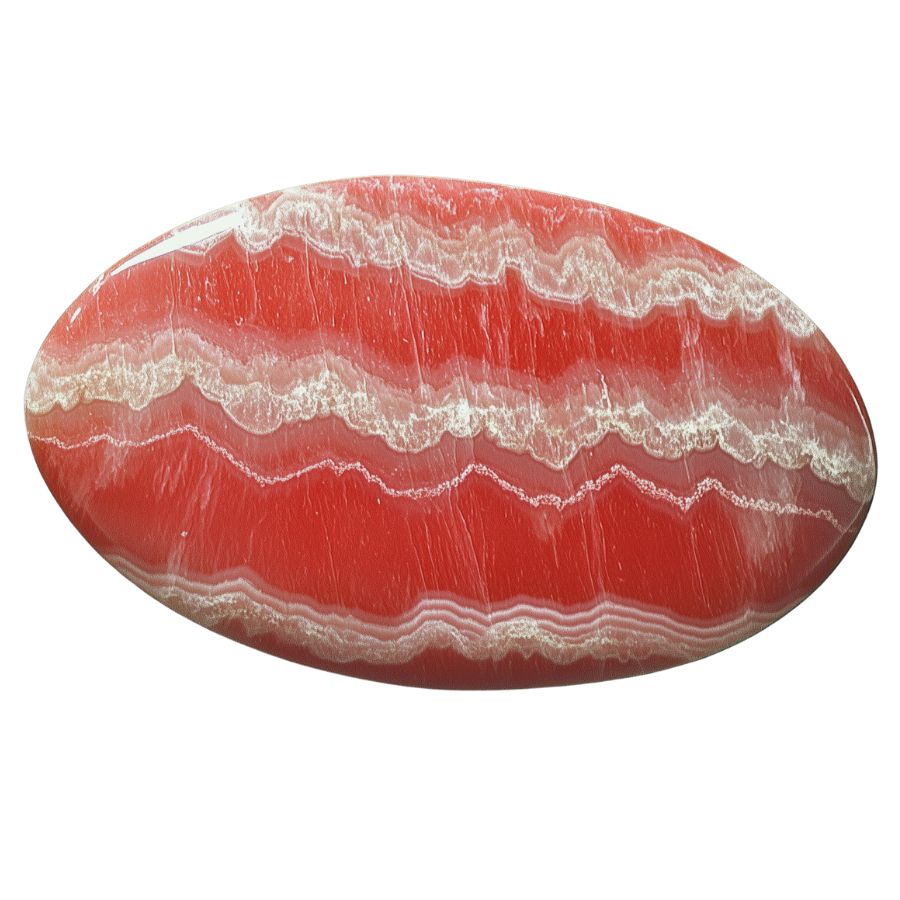
Red Rhodochrosite stands out with its bold, vibrant colors that range from bright red to deep crimson. Its intense red coloring comes from its high manganese content.
This variety can form in interesting shapes, including rhombohedral crystals and stalactite formations. When cut and polished, these formations reveal stunning internal patterns.
The crystal structure of Red Rhodochrosite allows it to form in large, well-defined specimens. These pieces often show sharp color transitions and clear crystal faces. The surface has a bright, glass-like shine when polished.
Some specimens feature dramatic color zoning, where deeper reds blend into lighter shades. This natural gradient effect makes each piece distinct and visually interesting.
Trapiche-like Rhodochrosite
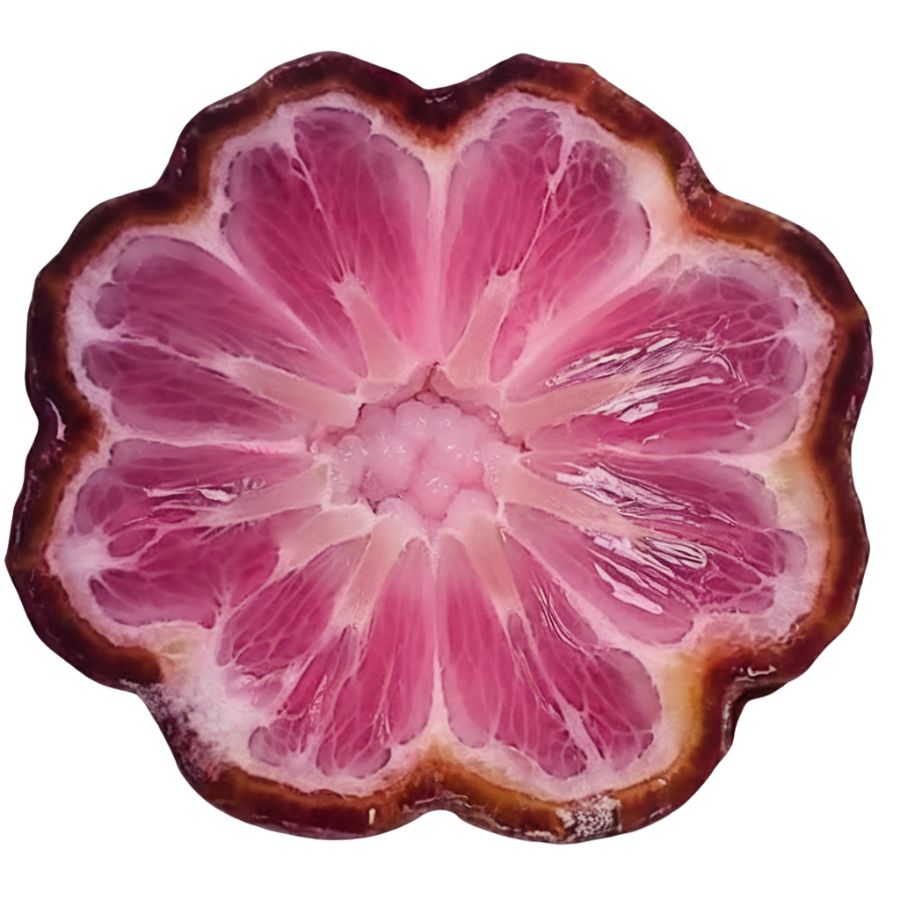
Trapiche-like Rhodochrosite showcases a remarkable star or flower-like pattern that makes it truly special. This pattern forms when crystals grow in a specific way, creating symmetrical rays that extend from the center. The result looks like a wheel with spokes or a blooming flower.
The formation process creates distinct sections within the crystal, each with its own character. These sections join at the center point, creating a natural geometric design.
When the stone is cut perpendicular to its main growth axis, its visual effect is enhanced. This orientation reveals the full beauty of the pattern and shows how the crystal sections fit together perfectly.
South African Rhodochrosite
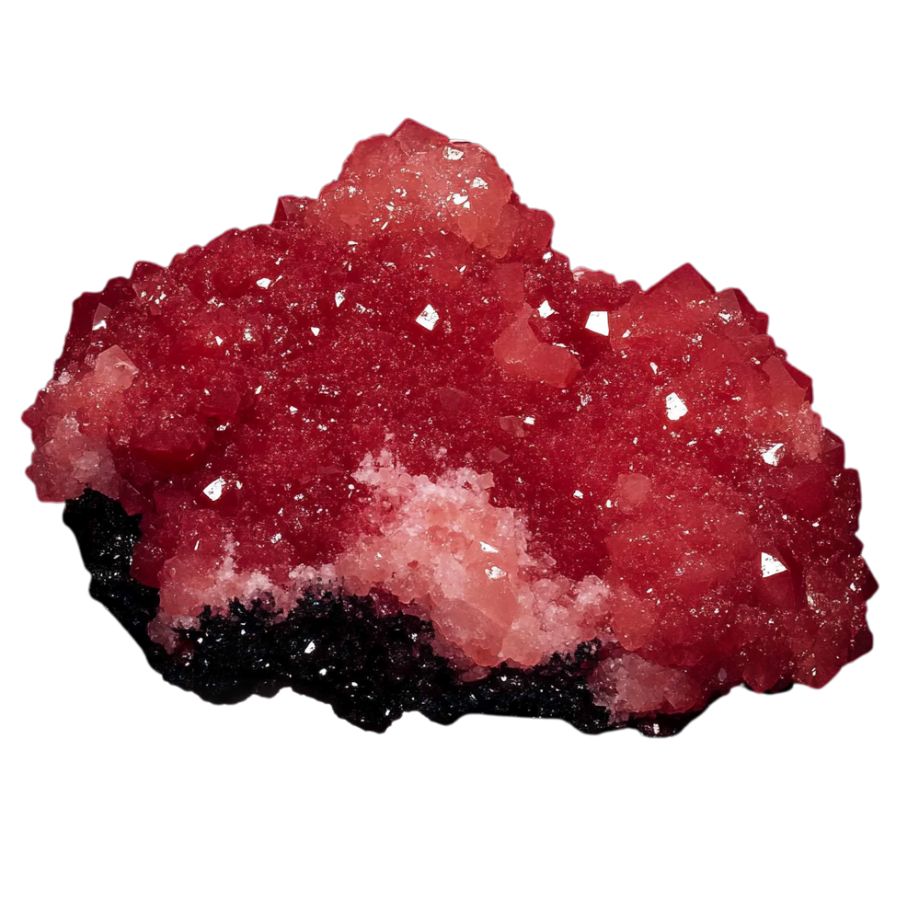
South African Rhodochrosite is known for its deep, rich blood-red color. This intense coloring sets it apart from other varieties. The stone often shows excellent clarity and depth of color which makes it particularly striking.
The internal structure of this variety creates interesting optical effects. When light passes through the stone, it can create a subtle glow that enhances its natural beauty. The crystal structure allows for excellent polish, bringing out the stone’s natural luster.
Many specimens show distinctive growth patterns that form during crystallization. These patterns can create interesting visual effects, from subtle color variations to dramatic geometric designs. The combination of deep color and natural patterning makes each piece unique.
Argentine Rhodochrosite
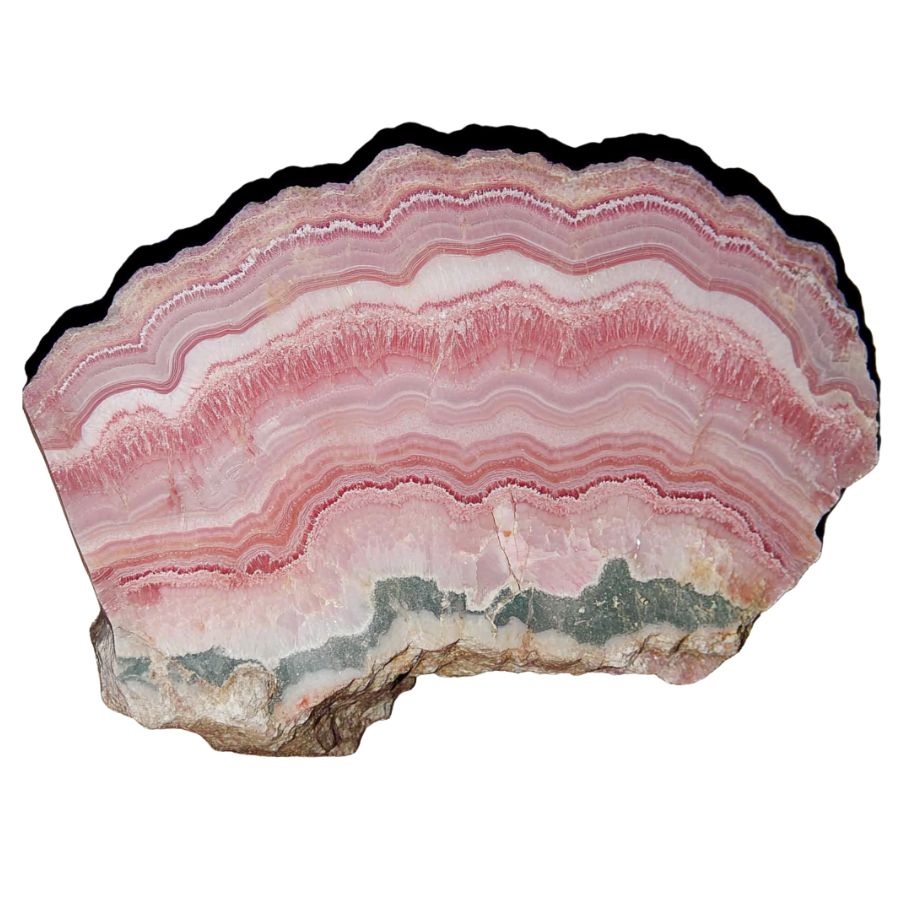
Natural bands of pink and white create stunning patterns across this remarkable stone. Delicate layering resembles fine marble artwork, making each piece unique. The colors shift between pale pink and deep red tones.
Historic significance adds to its charm as the “Inca Rose.” Ancient civilizations treasured these stones for their exceptional beauty. Many specimens show perfect crystal formations that catch and reflect light beautifully.
Exceptional purity sets Argentine specimens apart from others. Crystal formations often grow in perfect rhombohedral shapes. Traditional cutting methods reveal intricate internal patterns that collectors prize.
Colorado Red Rhodochrosite

Brilliant rose-red colors distinguish this remarkable variety. Transparent specimens showcase exceptional clarity and fire. Natural light brings out deep crimson undertones that seem to glow from within.
Outstanding crystallization creates sharp, well-defined faces. Remarkable internal structures form during slow growth periods.
Superior brilliance makes these stones stand out in collections. Natural light reveals complex internal reflections. Fresh specimens maintain their vivid coloring over time. Special cutting techniques enhance the stone’s natural beauty.
Banded Rhodochrosite
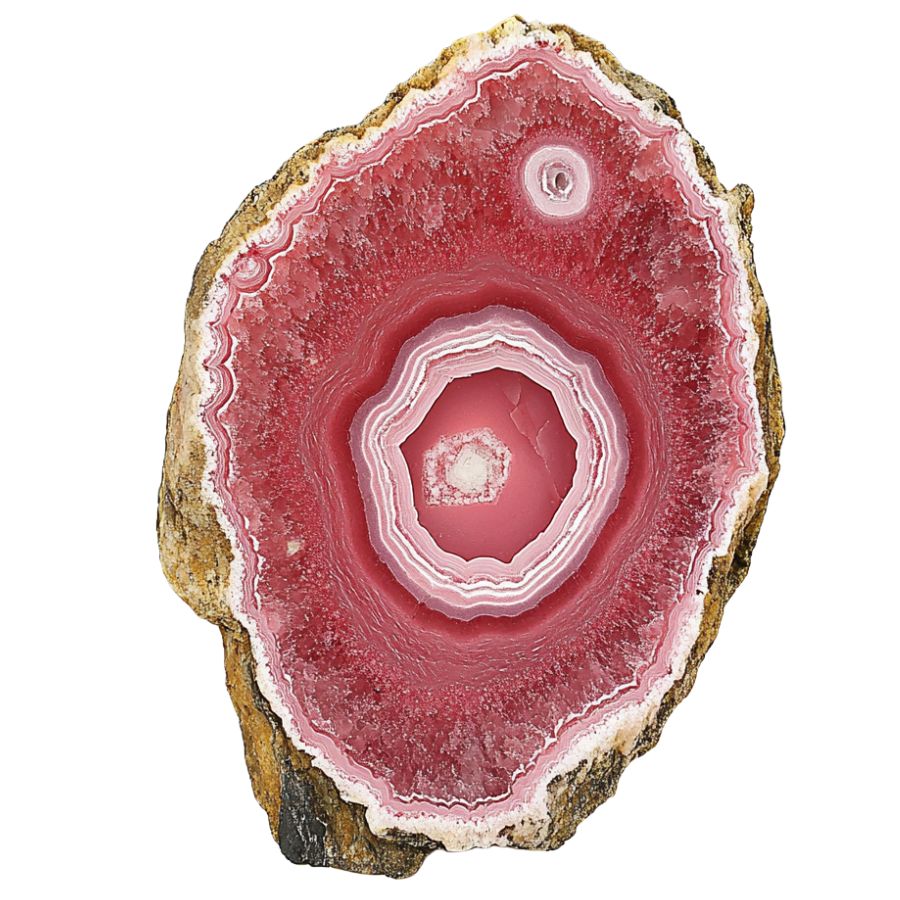
Concentric circles create fascinating patterns throughout this stone. Dramatic bands alternate between light and dark pink shades. Nature’s artistry reveals itself in each cross-section.
Perfect specimens form when mineral-rich water drips slowly over time. Natural processes create stalactite formations with distinct ring patterns.
Multiple layers build up over time to create unique patterns. Natural variation ensures no two pieces look exactly alike. Perfect cross-sections show complete circular patterns.
Peruvian Rhodochrosite
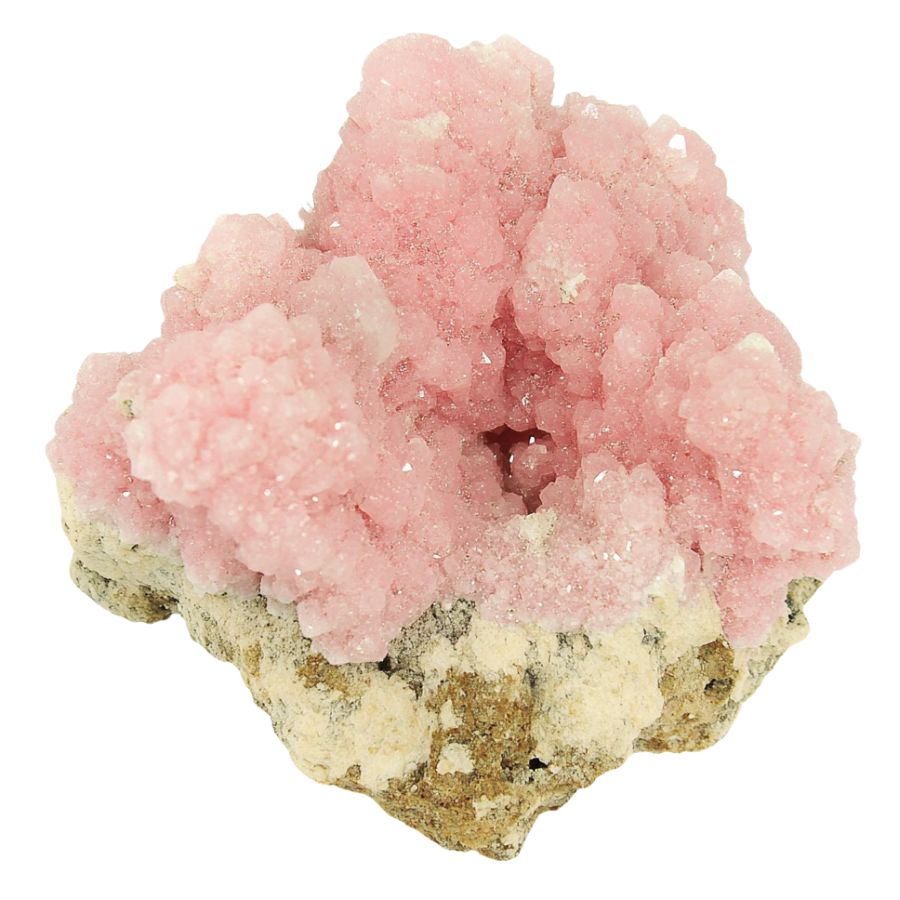
Peruvian Rhodochrosite exhibits a unique blend of pink tones with distinctive crystalline qualities. These stones often develop with exceptional clarity and a glass-like shine.
Crystal formation in these specimens tends to create angular patterns rather than rounded bands. This geometric growth pattern results in fascinating internal architectures that catch and reflect light in unique ways.
The combination of clarity and internal patterns makes these stones particularly fascinating under magnification. Collectors can observe minute details of crystal growth and formation that provide insights into the stone’s development process.
What Rough Rhodochrosite Look Like?
Rhodochrosite in its rough form can be tricky to spot, but once you know what to look for, it’s quite distinctive. Here’s how to recognize Rhodochrosite in its natural state.
Look for the Signature Pink-to-Red Color Range
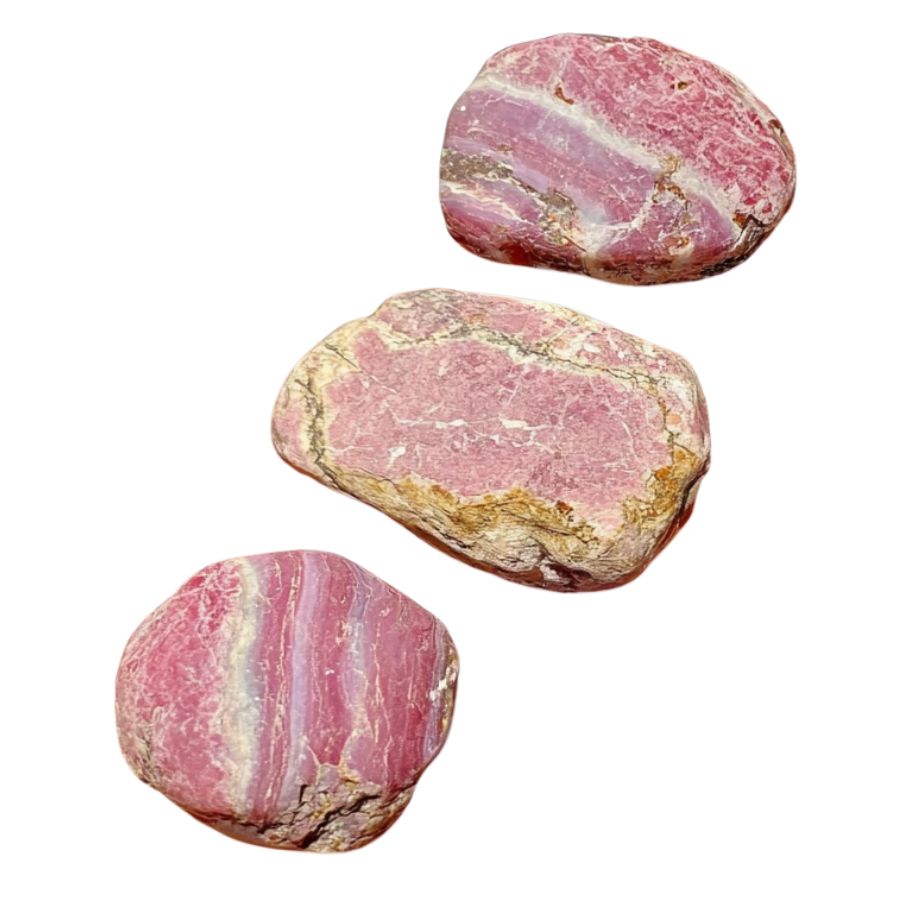
The most obvious telltale sign is its color – typically a warm, rosy pink to deep red. But here’s the thing: it’s not just one solid color. You’ll often spot subtle bands or zones of different pink shades.
Sometimes, you might see hints of brown or even light orange. Don’t dismiss it if it’s not perfectly pink – natural rhodochrosite can be surprisingly varied. The deeper, more saturated reds usually indicate higher-quality specimens.
Check for the Distinctive Crystal Structure
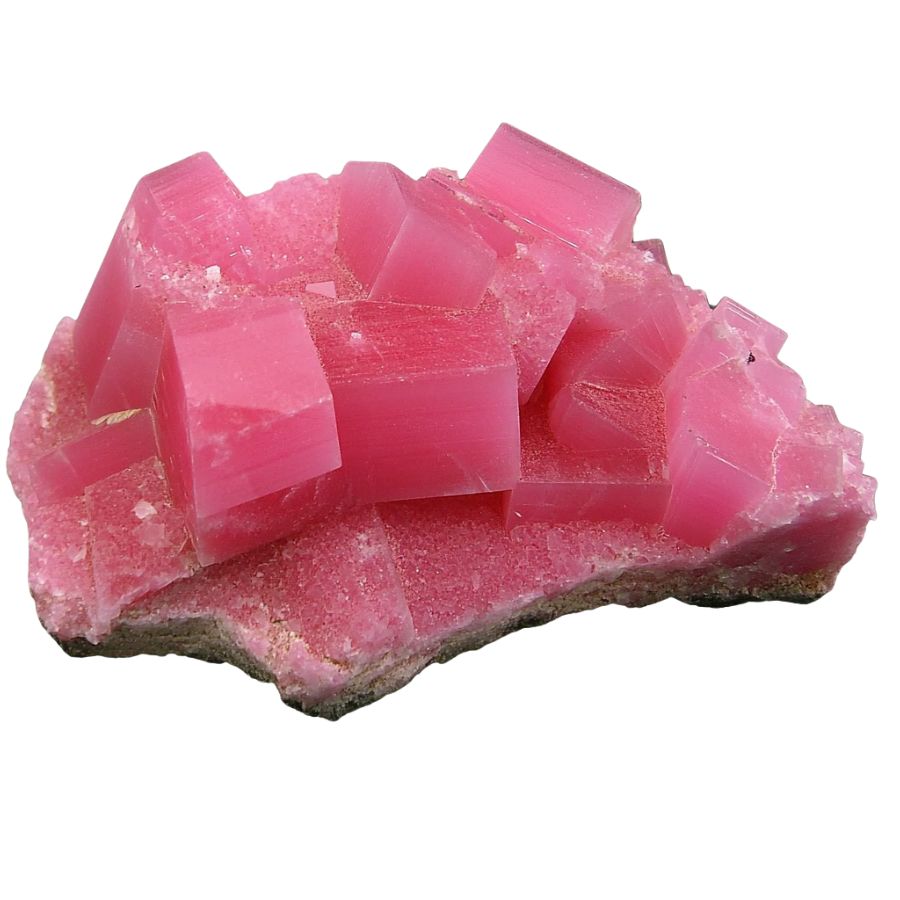
Unlike many minerals, rough rhodochrosite often forms in rhombohedral crystals. Look for angular edges and faces that meet at about 73 degrees. Sometimes you’ll find it in curved, saddle-shaped crystals (super unique!).
The crystals can be transparent to translucent, and they might appear in clusters or as individual specimens.
Examine the Surface Texture and Patterns
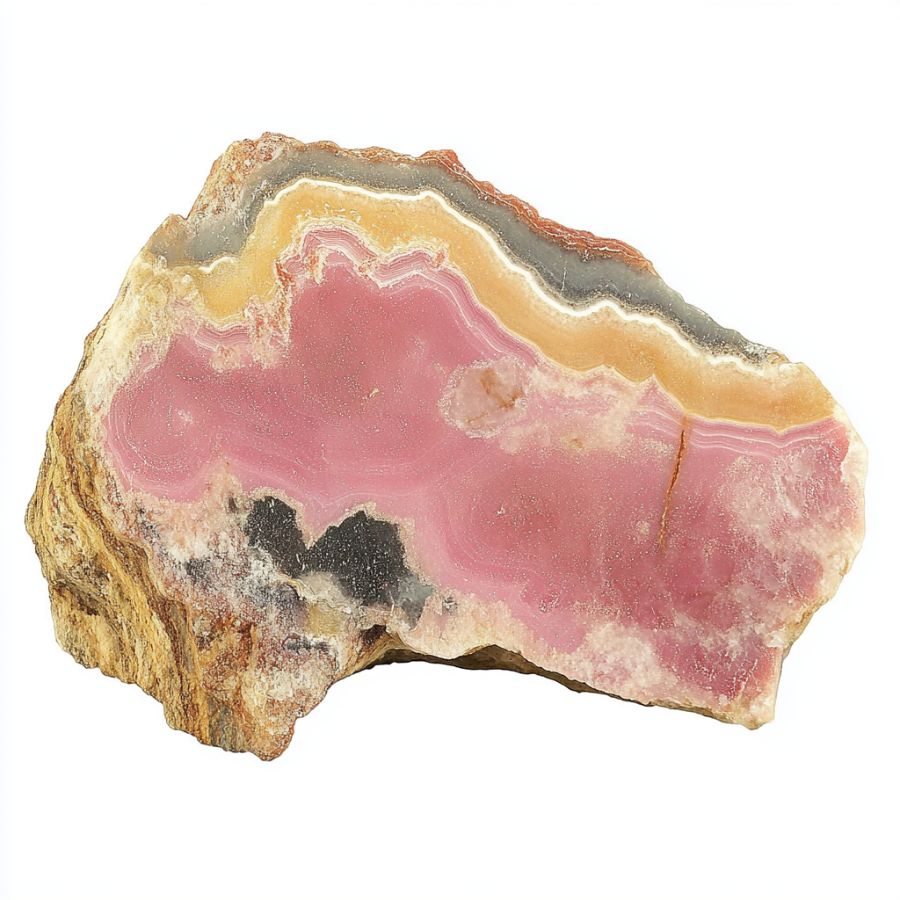
Run your fingers over the surface – rhodochrosite typically has a pearly to vitreous (glass-like) luster. Fresh breaks will show this best.
You might notice concentric banding patterns, especially in massive specimens. These bands often alternate between lighter and darker shades of pink. The surface might feel slightly smooth but not quite as glassy as quartz.
Test the Hardness and Fragility
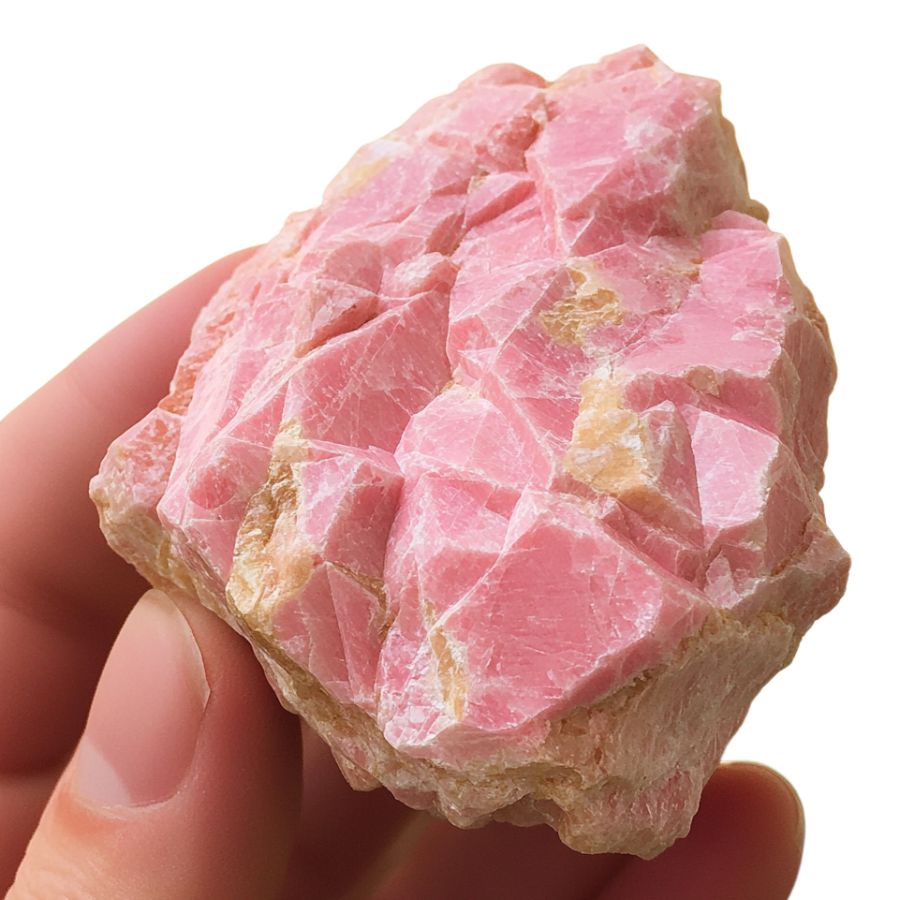
Here’s a crucial tip: rhodochrosite is relatively soft (3.5-4 on the Mohs scale). Try scratching it gently with a copper penny – if it scratches easily, you might have rhodochrosite.
Be gentle though! It’s pretty delicate and can break along cleavage planes. This softness and brittleness help distinguish it from similar-looking minerals like rose quartz, which is much harder.
A Quick Request About Collecting
Always Confirm Access and Collection Rules!
Before heading out to any of the locations on our list you need to confirm access requirements and collection rules for both public and private locations directly with the location. We haven’t personally verified every location and the access requirements and collection rules often change without notice.
Many of the locations we mention will not allow collecting but are still great places for those who love to find beautiful rocks and minerals in the wild without keeping them. We also can’t guarantee you will find anything in these locations since they are constantly changing.
Always get updated information directly from the source ahead of time to ensure responsible rockhounding. If you want even more current options it’s always a good idea to contact local rock and mineral clubs and groups
Tips on Where to Look
Rhodochrosite is a pink to rose-red mineral that often forms in veins and cavities. Here’s where you can typically find this beautiful stone while rockhounding in accessible locations across the US.
Abandoned Mine Areas
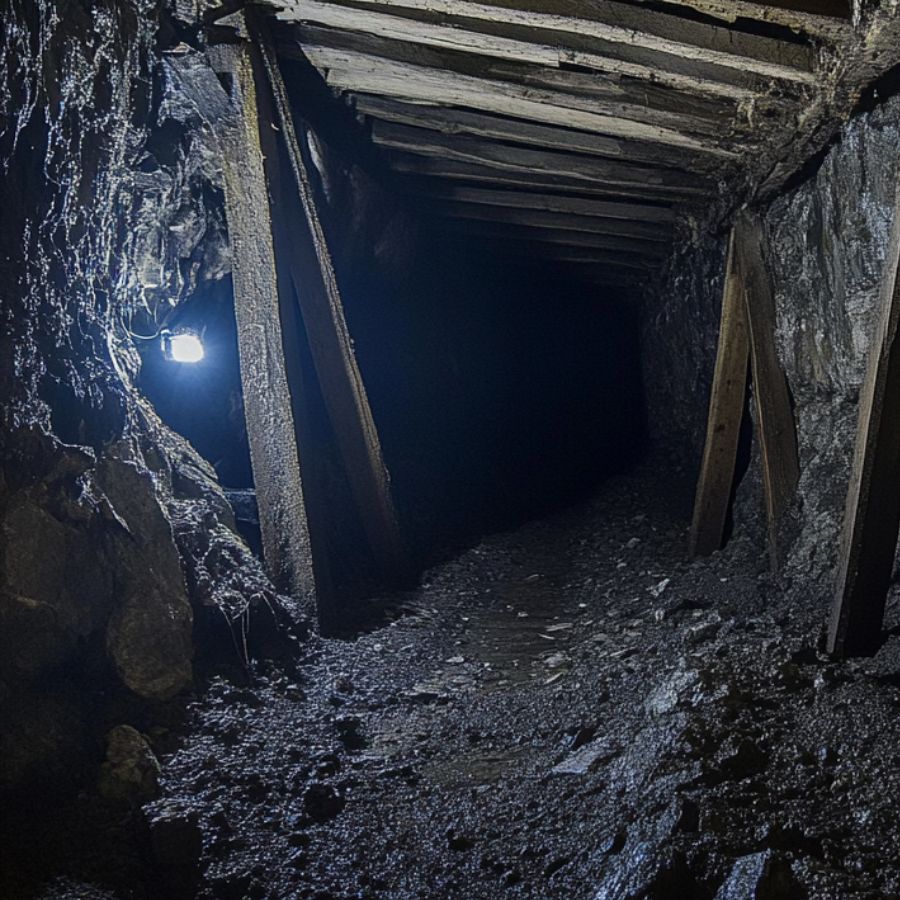
Old mines are great spots to find rhodochrosite. Check the mine dumps and tailings piles where miners discarded unwanted material. These areas often contain smaller pieces that weren’t commercially valuable but are perfect for collectors.
Look for pink-colored rocks in manganese-rich waste piles. The stone frequently appears alongside black manganese minerals, which can serve as a helpful indicator when searching.
Sometimes, you might get lucky and find specimens with beautiful banding patterns that were overlooked during mining operations.
Sedimentary Rock Formations
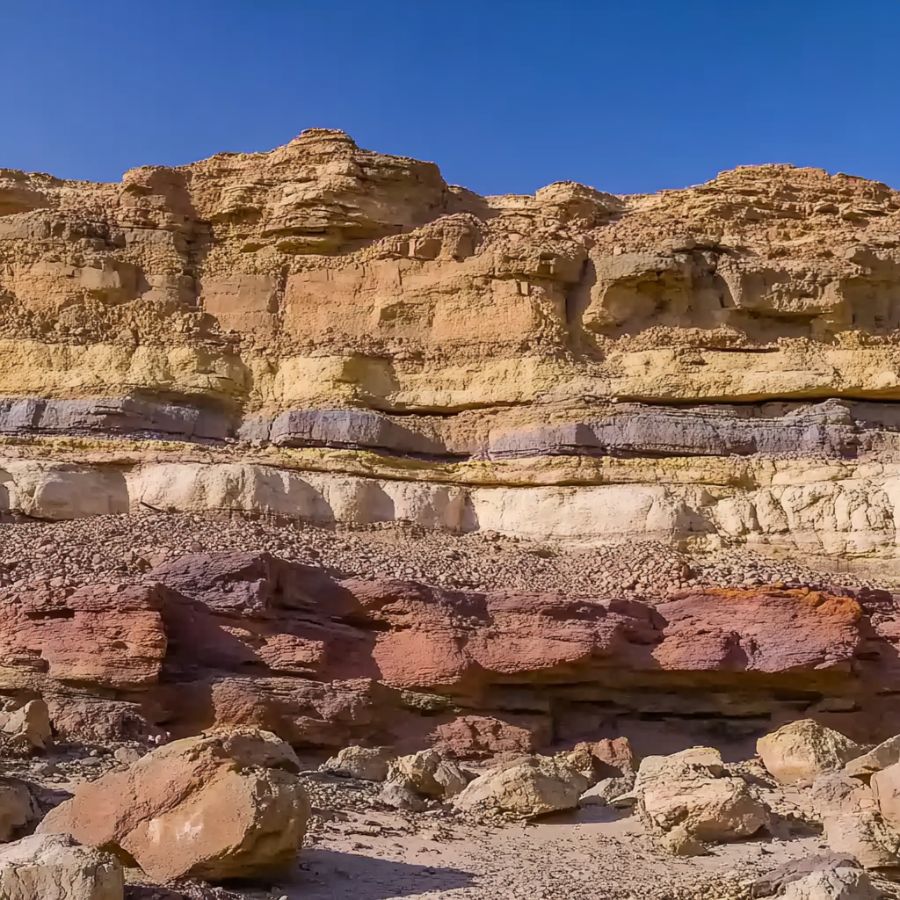
Many sedimentary rocks, especially those containing lots of manganese and calcium carbonate, can host rhodochrosite. Look for areas where limestone and dolomite are common. The stone often forms in the cracks and spaces between these rocks.
While exploring these formations, pay special attention to areas where water has carved out natural exposures, as these spots might reveal hidden rhodochrosite deposits that have been naturally weathered out over time.
Mountain Stream Beds
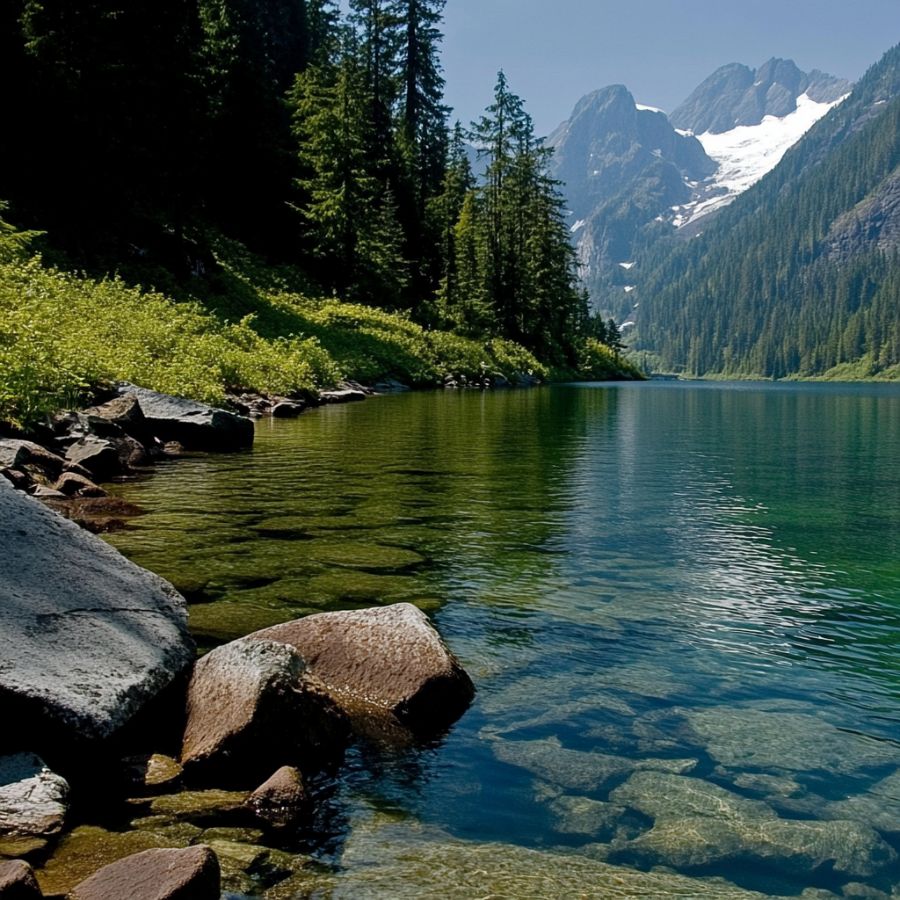
Stream beds in mountainous regions are excellent places to search. Focus on areas where the water has cut through manganese-rich rock formations, as the stream’s natural tumbling action often exposes and smooths rhodochrosite pieces.
During your search, concentrate on spots where the water slows down and creates natural collection points, such as behind large boulders or in quiet pools, because these areas tend to accumulate heavier minerals including rhodochrosite fragments that have broken free from their original source.
Some Great Places To Start
Here are some of the better places in the state to start looking for Rhodochrosite:
Always Confirm Access and Collection Rules!
Before heading out to any of the locations on our list you need to confirm access requirements and collection rules for both public and private locations directly with the location. We haven’t personally verified every location and the access requirements and collection rules often change without notice.
Many of the locations we mention will not allow collecting but are still great places for those who love to find beautiful rocks and minerals in the wild without keeping them. We also can’t guarantee you will find anything in these locations since they are constantly changing.
Always get updated information directly from the source ahead of time to ensure responsible rockhounding. If you want even more current options it’s always a good idea to contact local rock and mineral clubs and groups
Maumee River

The Maumee River flows about 130 miles through northwest Ohio before emptying into Lake Erie. This river has shaped the land around it for thousands of years.
Rhodochrosite hunters should check the riverbanks near Waterville. Here, the Grand Rapids Terrace shows exposed Silurian Tymochtee Dolomite, which creates good conditions for mineral formation. The river cuts through ancient rock layers, revealing places where this pink mineral might hide.
Farnsworth Metropark offers a special spot called Roche de Bout, a large limestone outcrop in the river. This unusual rock formation might hold rhodochrosite in its cracks and crevices. The park also sits near the Bowling Green Fault, the only fault line around the Great Lakes.
Spring and fall are good times to search when water levels change. Look in areas where the water has carved into the dolomite rocks, as these spots often expose mineral deposits.
Lake Erie
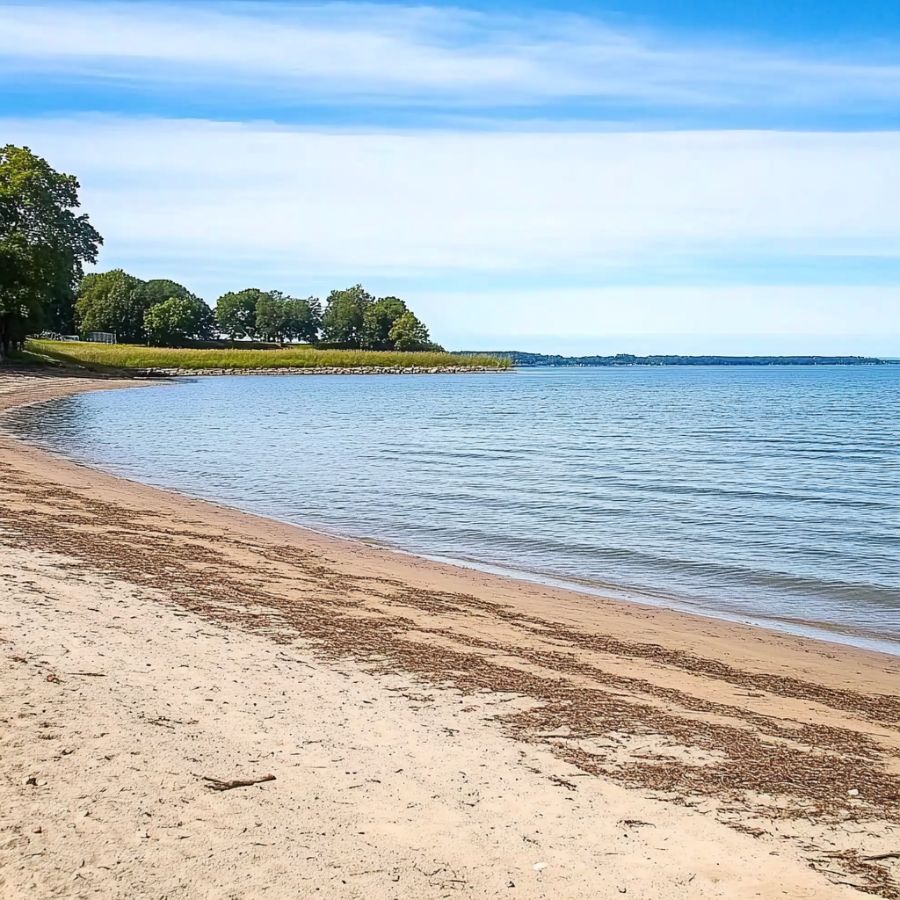
Lake Erie forms part of Ohio’s northern border. It is the shallowest of all Great Lakes, with an average depth of only 62 feet. This shallow nature makes it easier for collectors to access potential mineral sites along the shoreline.
The lake’s basin was carved by massive glaciers that moved through about 10,000 years ago. These ice giants scraped across ancient Devonian-age rocks, exposing layers formed 400 million years ago when the area was a tropical ocean reef.
Rhodochrosite can be found in the rocky outcrops along Ohio’s shoreline. The western basin areas are most promising because they contain more resistant carbonate rocks like dolomite and limestone. These rocks can host rhodochrosite in their natural cavities.
Beach areas near Clay Center have yielded interesting mineral finds. After storms, wave action sometimes uncovers new specimens in the shoreline rocks. The best hunting happens in early morning after overnight storms have washed away sand and revealed fresh rock surfaces.
Tuscarawas River
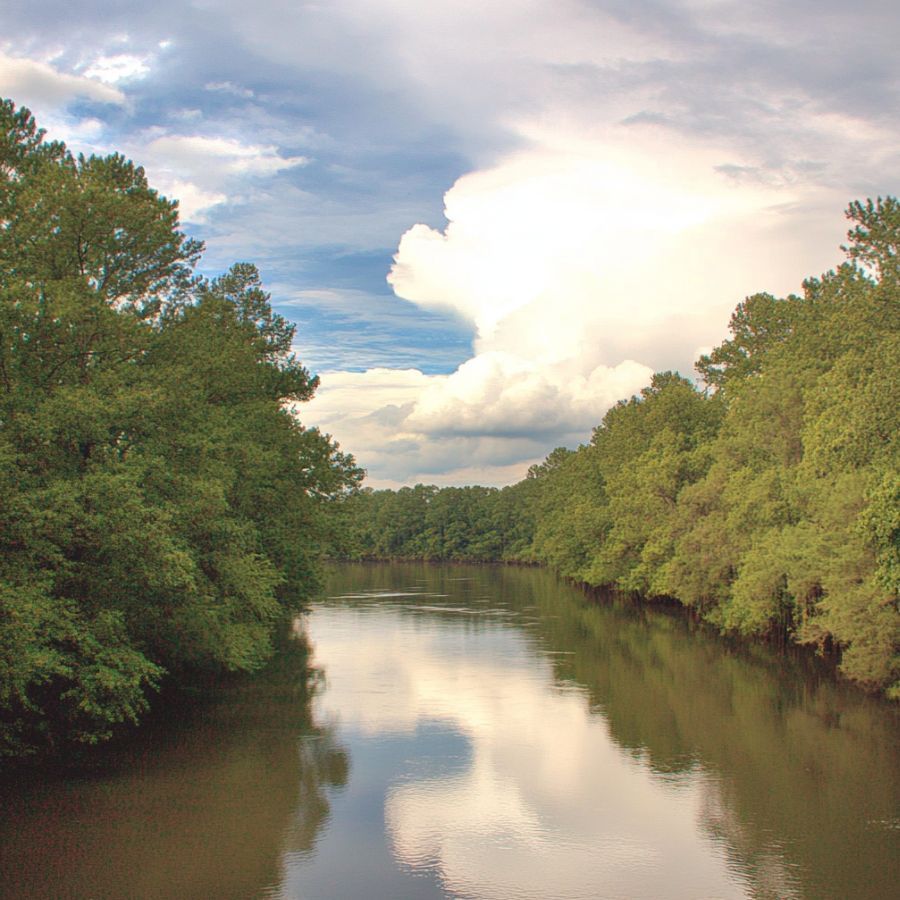
The Tuscarawas River stretches about 130 miles through northeastern Ohio. It starts near Hartville in Stark County and joins with the Walhonding River to form the Muskingum River.
Geology changes as you move along this river. The northern part has clay-rich glacial till covering Pennsylvanian-age rocks. The southern section shows more hills and valleys without glacial deposits. This variety creates different environments where rhodochrosite might form.
Focus on areas with exposed Pennsylvanian-age sandstone and shale. These rocks sometimes contain manganese-rich zones where rhodochrosite develops. The river has cut through these layers, making them accessible to rock hunters.
Stream valley locations filled with sand and gravel from glacial outwash are worth exploring. These deposits sometimes contain rhodochrosite that has been moved from its original location.
Sandusky
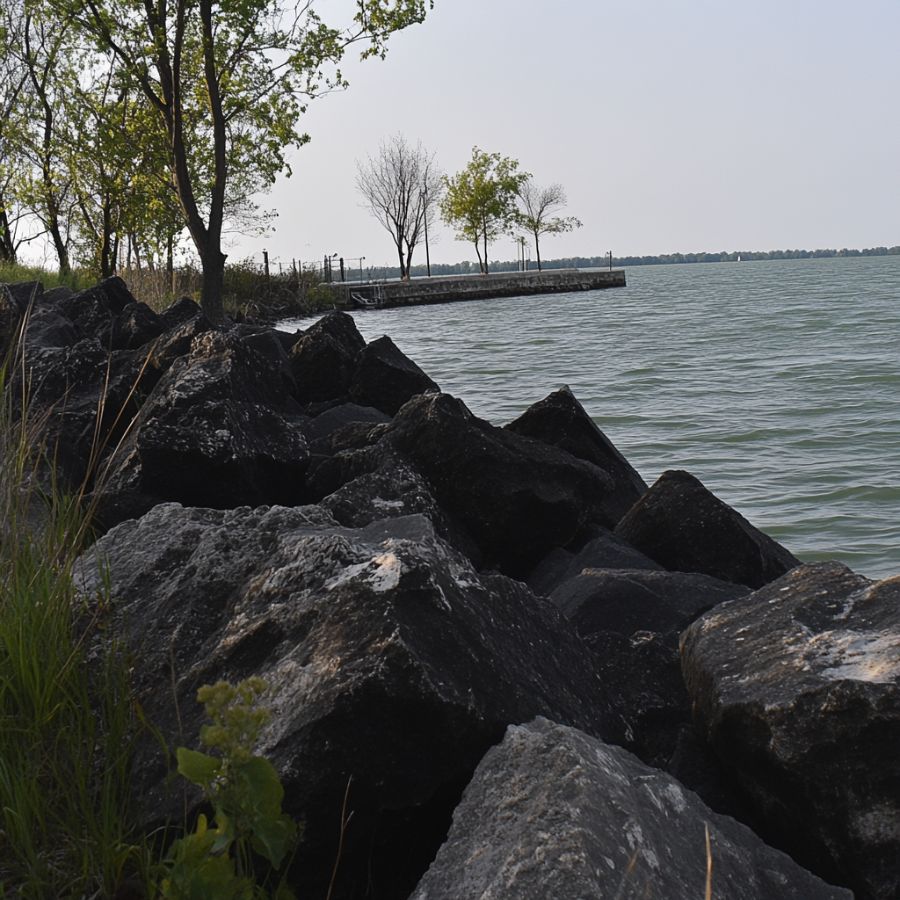
Sandusky sits on Lake Erie’s southern shore in Erie County. The city surrounds Sandusky Bay, which creates a natural harbor that shaped the town’s history.
Beneath Sandusky lies ancient bedrock from the Devonian period, dating back over 350 million years. This rock formed when the area was covered by a shallow sea. The Columbus Limestone found here contains many fossils and mineral deposits.
Rhodochrosite hunters should visit the abandoned quarries around Sandusky. These old mining spots have exposed deeper rock layers where hydrothermal activity created mineral veins. Some quarries have allowed limited collecting with permission.
Water erosion areas around the bay sometimes reveal mineral specimens. After heavy rains, check the exposed rock faces where water has washed away soil. Construction sites with fresh excavations also offer temporary windows into the underground geology.
Local rockhounds have reported finding rhodochrosite crystals in small cavities within the limestone, especially in areas showing pink or reddish staining.
Maple Grove

Maple Grove is a small community in Seneca County that was once called Linden. The area is known among mineral collectors for its famous quarry that opened in 1903.
The Maple Grove Quarry cuts into dolomite limestone that formed millions of years ago. This rock contains many different minerals that fill cracks and hollow spaces inside the stone.
Look in areas of the quarry where pink or red streaks appear in the gray limestone. These colorful zones often indicate manganese-rich areas where this mineral forms. Check freshly broken rocks for small pink crystals.
The quarry has produced many other minerals too, including calcite, celestite, fluorite, and pyrite. Each new section of the quarry that opens up may expose untouched mineral pockets.
Places Rhodochrosite has been found by County
After discussing our top picks, we wanted to discuss the other places on our list. Below is a list of the additional locations along with a breakdown of each place by county.
| County | Location |
| Clermont | East Fork |
| Ottawa | Crystal Cave |
| Ottawa | White Rock |
| Hancock | Findlay Arch Mining District |
| Adams | Serpent Mound Zinc District |
| Warren | Caesar Creek Lake Spillway |
| Wood | Bowling Green |
| Wood | Lime City |
| Belmont | Barnesville Petroglyph |
| Lake | Gildersleeve Mountain |
| Cuyahoga | Deer Lick Creek |
| Muskingum | Flint Ridge Ancient Quarries |
| Hocking | Hocking Hills |
| Hamilton | Cincinnati Fossil Sites |
| Richland | Bellville Fossil Beds |
| Ross | Chillicothe |
| Ottawa | Green Island |
| Ottawa | Genoa |

